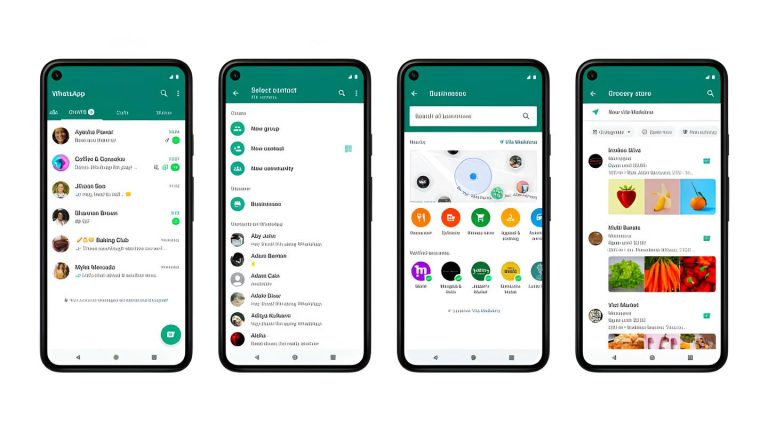Best AI Tools for Data Analysis and Visualization in 2025
Data analysis is always improving, and now artificial intelligence (AI) makes it easier to analyze data, find trends, make predictions, and create powerful graphics. In 2025, AI tools will become a key part of business intelligence, helping businesses work with data more effectively. This article highlights some of the best AI tools for analyzing and visualizing data, describing their features and how they are used in different industries.
1. Tableau with Einstein AI
Tableau is a leading tool for data analysis and visualization. When combined with Einstein AI, it offers smarter automation and deeper insights.
Features:
- Automatically predicts trends
- Uses natural language to provide quick insights
- Easily integrates with cloud services
Best For: Companies looking for real-time insights and customizable dashboards.
Pros: Easy to integrate with other tools and has an intuitive interface. Cons: The enterprise version is expensive.
2. Microsoft Power BI AI Tools
Microsoft Power BI now includes AI features, such as automatic insights and the ability to explore data through conversation, making it easier to analyze data.
Features:
- Recognizes patterns using AI
- Works with Azure Machine Learning
- Provides detailed reporting tools
Best For: Companies already using Microsoft tools for team collaboration and analytics.
Pros: Affordable for small businesses, offers great support and documentation. Cons: Some advanced features need technical expertise.
3. Google Looker Studio
Google Looker Studio (formerly Google Data Studio) now uses AI to help analyze data in real time and tell stories with data.
Features:
- AI-powered data connectors
- Customizable visualizations
- Integrates with BigQuery for large datasets
Best For: Companies working with large datasets and looking for cloud-based solutions.
Pros: Free for basic use and scalable for growth. Cons: Limited features when used offline.
4. Qlik Sense with AI-powered Augmented Analytics
Qlik Sense uses AI to enhance self-service data analytics, giving businesses more control over their data.
Features:
- Smart data preparation
- Automated visualizations
- Predictive analytics to forecast trends
Best For: Businesses that want a balance of automation and customization.
Pros: Quick to deploy and easy to use for self-service analytics. Cons: Requires some training to use optimally.
5. Sisense Fusion
Sisense Fusion combines AI with data visualization, allowing businesses to embed analytics directly into their daily workflows.
Features:
- AI-driven alerts for detecting unusual patterns
- Embed analytics into apps and systems
- Uses natural language to query data
Best For: Developers and businesses looking to integrate analytics into their systems.
Pros: Highly customizable and scalable. Cons: Might be difficult for beginners to use.
6. IBM Watson Analytics
IBM Watson Analytics uses AI to explore data, uncover patterns, and provide insights tailored to specific industries.
Features:
- Predictive analytics using AI algorithms
- Automatically discovers trends
- Provides industry-specific insights
Best For: Larger businesses that need advanced, industry-focused insights.
Pros: Reliable for deep analytics and offers strong security. Cons: Expensive for smaller businesses.
How to Choose the Right Tool?
When choosing the best AI tool for data analysis and visualization in 2025, think about the following:
- Scalability: Will the tool work as your business grows or changes?
- Ease of Use: Will your team be able to use it effectively without too much training?
- Integration: Does it fit well with your existing technology and processes?
- Cost: Does the price fit within your budget, considering the value you expect to get?
Conclusion
In 2025, there are many AI tools available to help businesses analyze and visualize data. Tools like Tableau with Einstein AI, IBM Watson Analytics, and others are changing how companies make decisions based on data. By using these AI tools for data analysis and visualization, businesses can better understand and use their data to make smarter decisions.


